
Vacation Packages to Slovenia
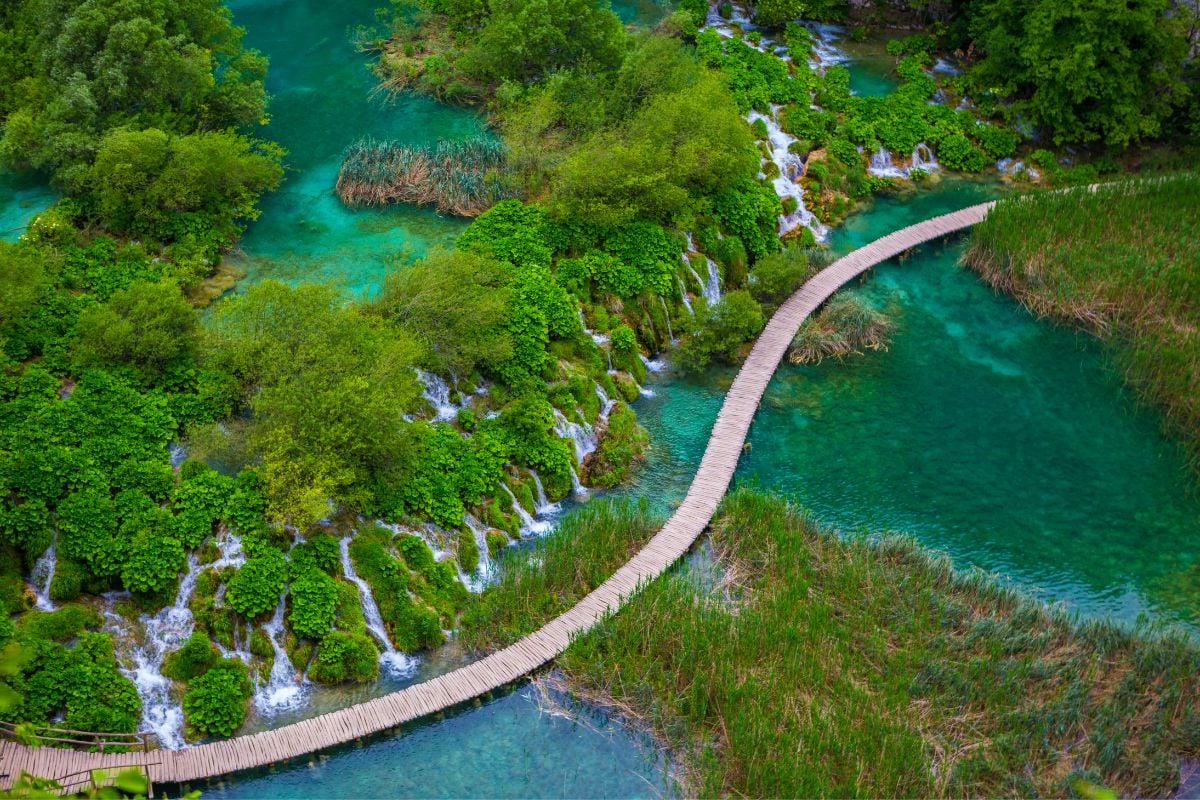
Customize it!
WONDERS OF CROATIA AND SLOVENIA
Zagreb, Liubliana, Bled, PLitvice Lakes, Split, Dubrovnik and more
English

Customize it!
BALKAN TRIO
Zagreb, Sarajevo, Dubrovnik, Split, Opatija and Ljubljana
English
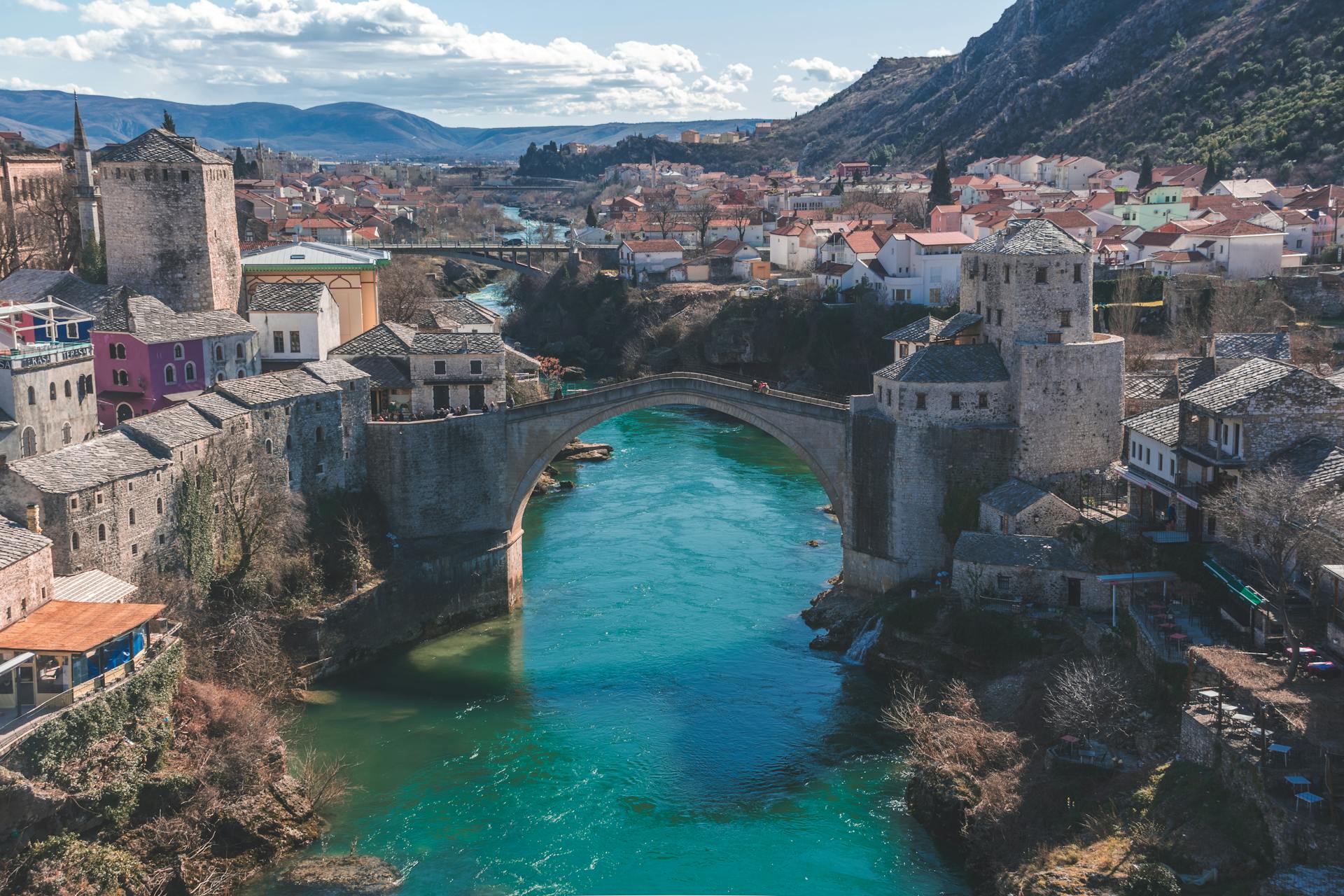
Customize it!
BALKAN ROUTE: FROM ATHENS TO VENICE
Athens, Sofia, Bucharest, Belgrade, Dubrovnik, Split, and much more!
English

Customize it!
BALKAN ROUTE: FROM ATHENS TO ZAGREB
Athens, Kalabaka, Sandanski, Sofia, Plovdiv, Veliko Tarnovo, Bucharest, Sighisoara, Timisoara, Belgrade, Sarajevo, Dubrovnik, Split, Zagreb, and much more!
English
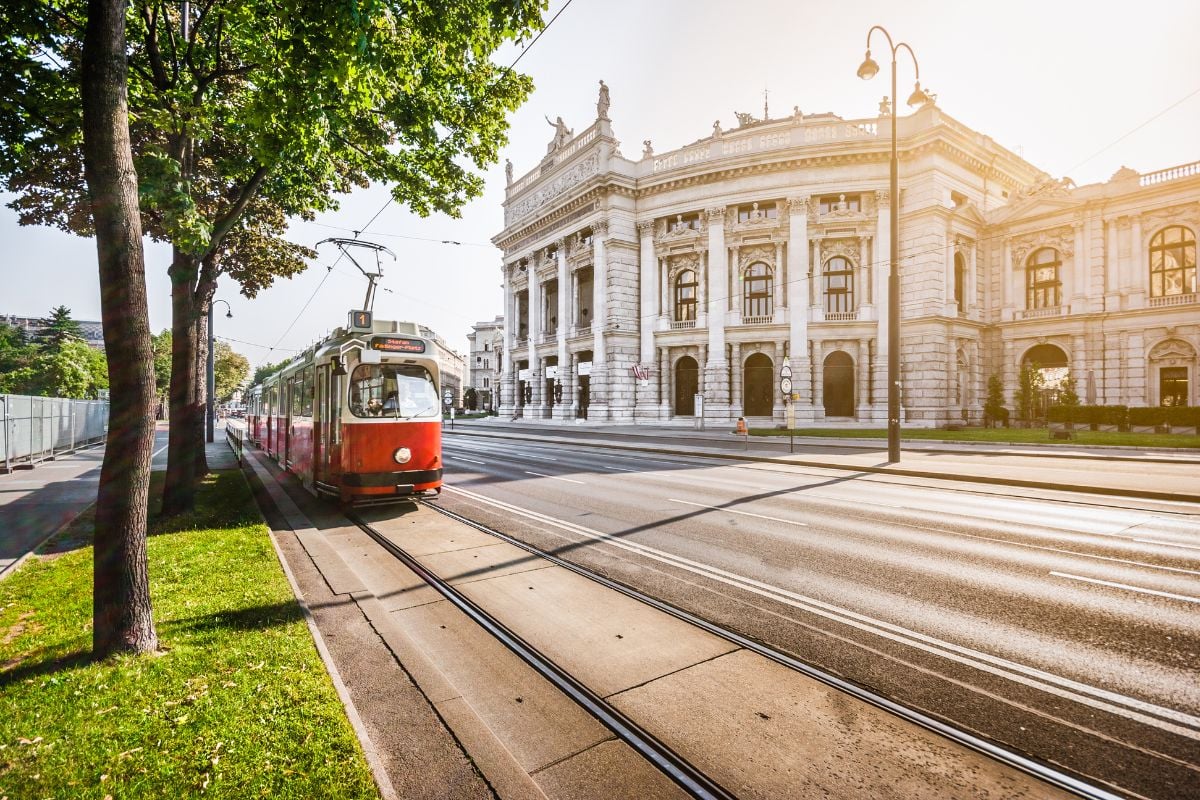
Customize it!
FROM VIENNA TO CROATIA BY TRAIN
Vienna, Liubliana, Zagreb, Split and Dubrovnik
English
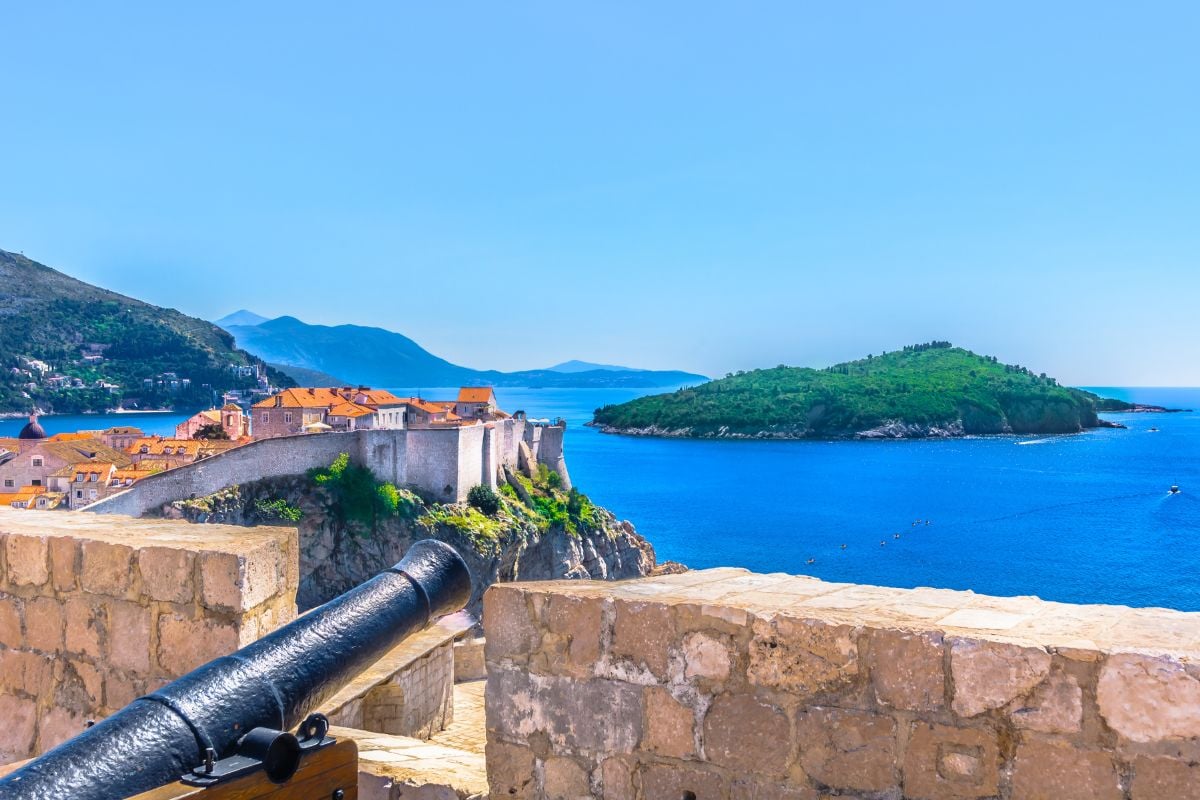
Customize it!
IMPERIAL CITIES AND CROATIA BY TRAIN
Prague, Vienna, Liubliana, Zagreb, Split and Dubrovnik
English
Customize your package
Select from our wide variety

Customize it!
BALKAN JOURNEY TO GREECE
Zagreb, Sarajevo, Dubrovnik, Split, Opatija, Ljubljana, Athens, Mykonos and Santorini
English
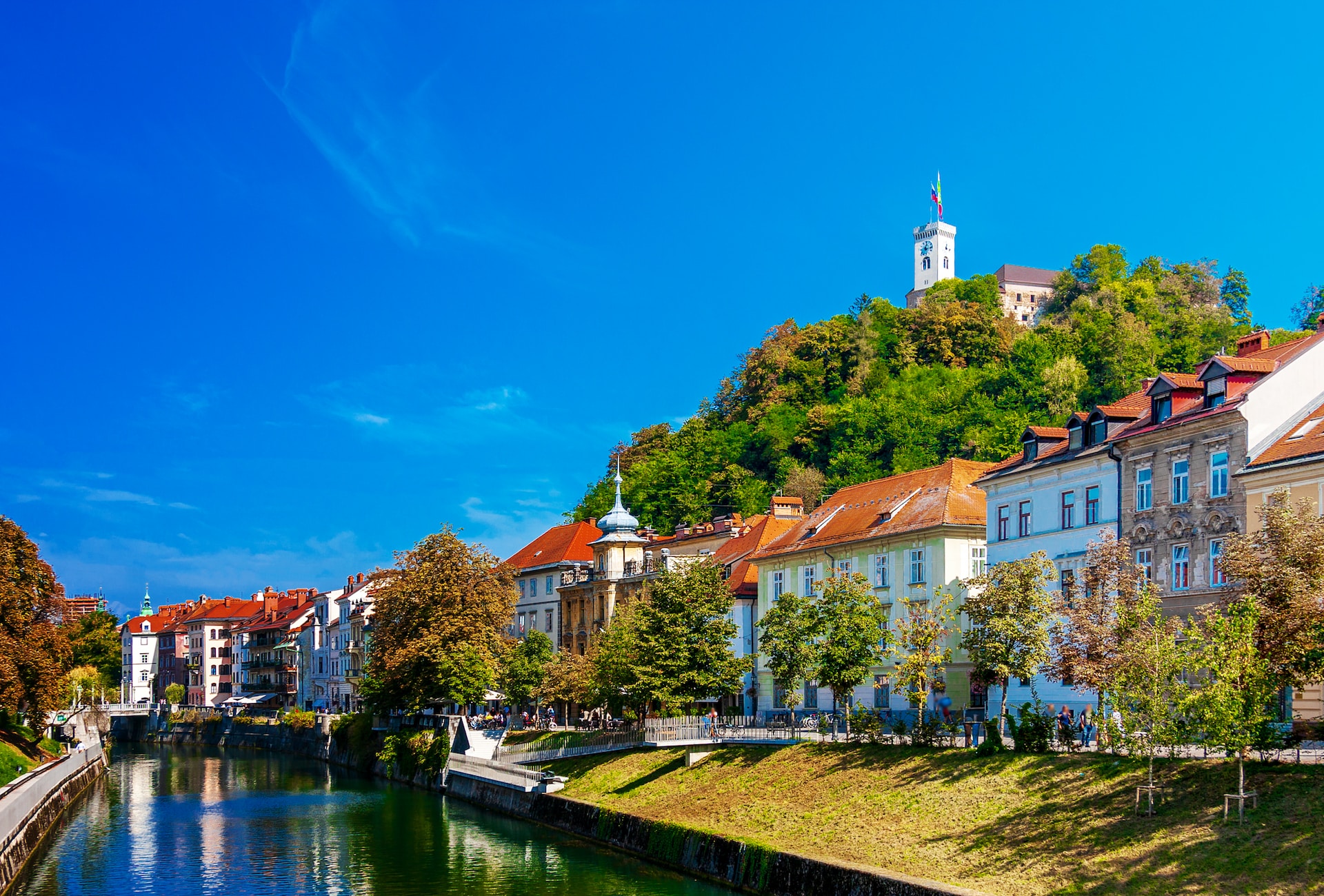
Customize it!
ITALY, SLOVENIA, AND CROATIA BY TRAIN
Rome, Florence, Venice, Trieste, Ljubljana, Zagreb, Split and Dubrovnik.
English
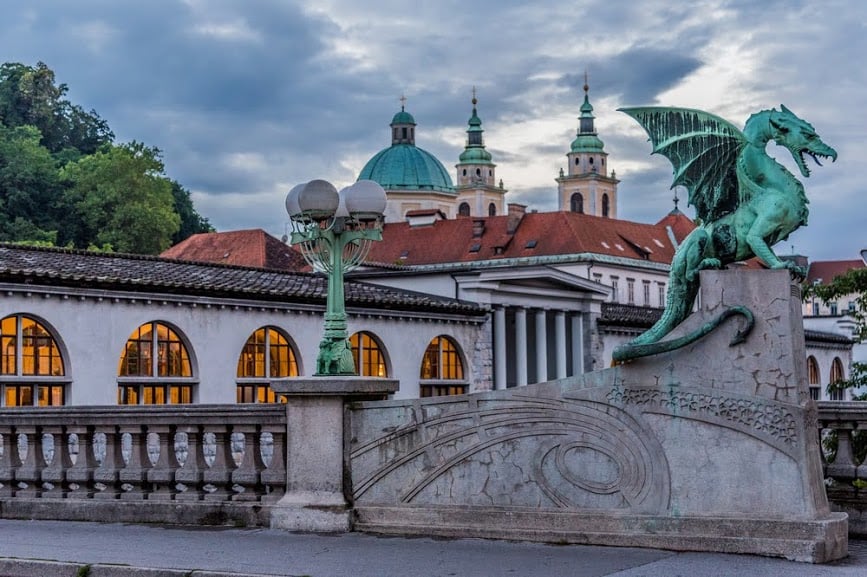
Customize it!
CHARMING LJUBLJANA
Ljubljana
English
Discover Slovenia: A Hidden Gem of Europe
Nestled between the Alps and the Adriatic Sea, Slovenia is a picturesque destination offering a blend of natural wonders and cultural experiences. From stunning lakes and lush forests to historic towns and UNESCO World Heritage Sites, Slovenia has something for every traveler.
It shares borders with Italy, Austria, Hungary, and Croatia, making it an excellent starting point to explore the heart of Europe.
What to See in Slovenia?
Slovenia is home to the breathtaking Lake Bled, the enchanting caves of Postojna and Škocjan, and the charming capital city of Ljubljana, with its vibrant atmosphere and medieval architecture.
Don’t miss the opportunity to explore Triglav National Park, a paradise for hikers and nature lovers, or the picturesque Piran on the Adriatic coast.
Best Time to Visit Slovenia
Slovenia is a year-round destination. In the summer, visitors can enjoy hiking, biking, and exploring the natural beauty of the country, while winter is perfect for skiing in the Julian Alps or enjoying the Christmas markets in the capital.
Spring and autumn are also ideal times to visit, with mild temperatures and fewer crowds, allowing you to experience the best of Slovenia’s culture and landscapes.
How to Get to Slovenia?
Slovenia is easily accessible by air, with Ljubljana Jože Pučnik Airport being the main point of entry. It’s also well-connected by train and road to its neighboring countries, making it easy to reach from Italy, Austria, Croatia, and Hungary.
Other Nearby Destinations
If you're planning to visit Slovenia, why not explore other nearby destinations too? Consider visiting:
- Italy – Discover the romance of Venice and the history of Rome.
- Austria – Enjoy the classical charm of Vienna and the Austrian Alps.
- Croatia – Experience the stunning Adriatic coast and the historic city of Dubrovnik.
Are you ready to explore Slovenia and beyond? Book your package with Greca today and start your unforgettable journey!
